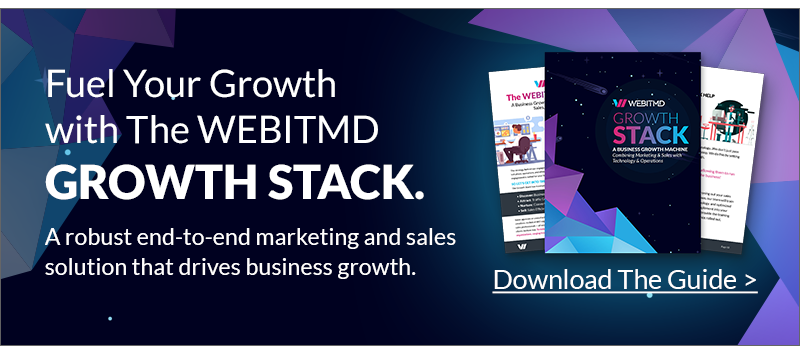As marketers know, Search Engine Optimization (SEO) is a constantly evolving discipline that requires a blend of technical skill, creative thinking, and up-to-date knowledge on current trends and best practices.
If you are currently in a role that involves web development, technical SEO, or content marketing, you’ll want to consider working these three SEO strategies into your marketing plan.
Top 3 SEO Strategies to Implement in 2021
1. Optimize Your Current Web Content
A study conducted by Ahrefs found that almost 60% of pages in the top 10 results on Google SERPs are at least 3 years old. They also report that approximately 95% of web pages do not rank in the top 10 results within the first year of being published.
For this reason, it’s worthwhile to have a system in place to audit your existing content regularly and continue optimizing it with the current best practices and up-to-date information. That way, you can increase your chances of boosting your search rankings while ensuring that your existing content is always providing the most value for your web visitors.
2. Develop a Backlink Strategy
The more authoritative backlinks a page has, the higher the search ranking is likely to be. High-quality backlinks remain an important ranking factor for Google searches. It’s important to optimize your content and build valuable relationships with other experts in your industry. That way, you can earn more backlinks from credible sources with strong domain authority.
Focus on publishing valuable content for your audience in tandem with an effective outreach strategy for securing those backlinks, and you’ll be well on your way to improving your SEO strategy through this method.
3. Focus on Core Web Vitals
In May of 2021, Google rolled out an update that included Core Web Vitals as a major ranking factor for search engine results. Core Web Vitals include factors such as the loading, interactivity, and visual stability of your site, which will be measured by the following metrics:
- Largest Contentful Paint (LCP) – The time it takes to load a page
- First Input Delay (FID) – How quickly the page becomes interactive (i.e. how long before you can click on things)
- Cumulative Layout Shift (CLS) – How stable the page elements are while loading (i.e. do the images and links shift around the page?)
This algorithm update will place even more emphasis on a user-centric approach. Sites will be rewarded for the following optimizations:
- Mobile usability and optimization
- Responsiveness for page elements like forms, buttons, links, etc.
- Stable elements as the page loads
- Loading time for page elements and overall site speed
- Secure page connection
Don’t Forget About User Experience
Developing and executing an effective SEO strategy is hard work. Contact WEBITMD today to learn how we can get you started with a comprehensive SEO audit. From there, we can help pinpoint valuable opportunities to improve your search rankings, increase growth, and boost conversions through a completely customized plan that’s tailored to your business’s unique needs.






.jpg)



.jpg)





![5 Reports to Elevate Your HubSpot Sales Dashboard [+ Examples]](https://blog.webitmd.com/hs-fs/hubfs/Imported_Blog_Media/6-winning-examples-of-a-hubspot-sales-dashboard-2.png?width=767&name=6-winning-examples-of-a-hubspot-sales-dashboard-2.png)